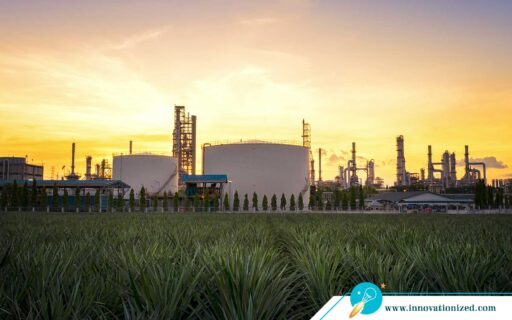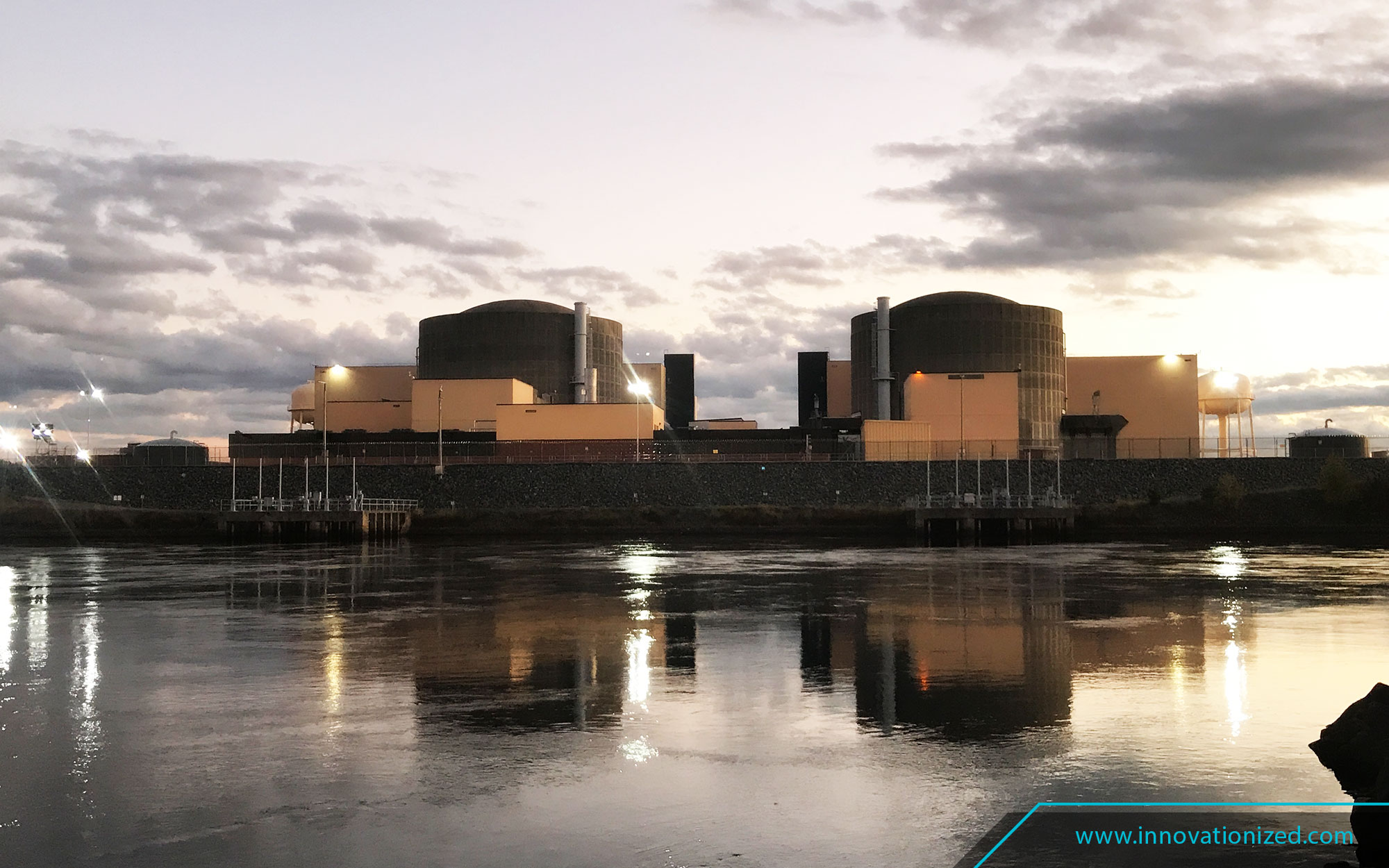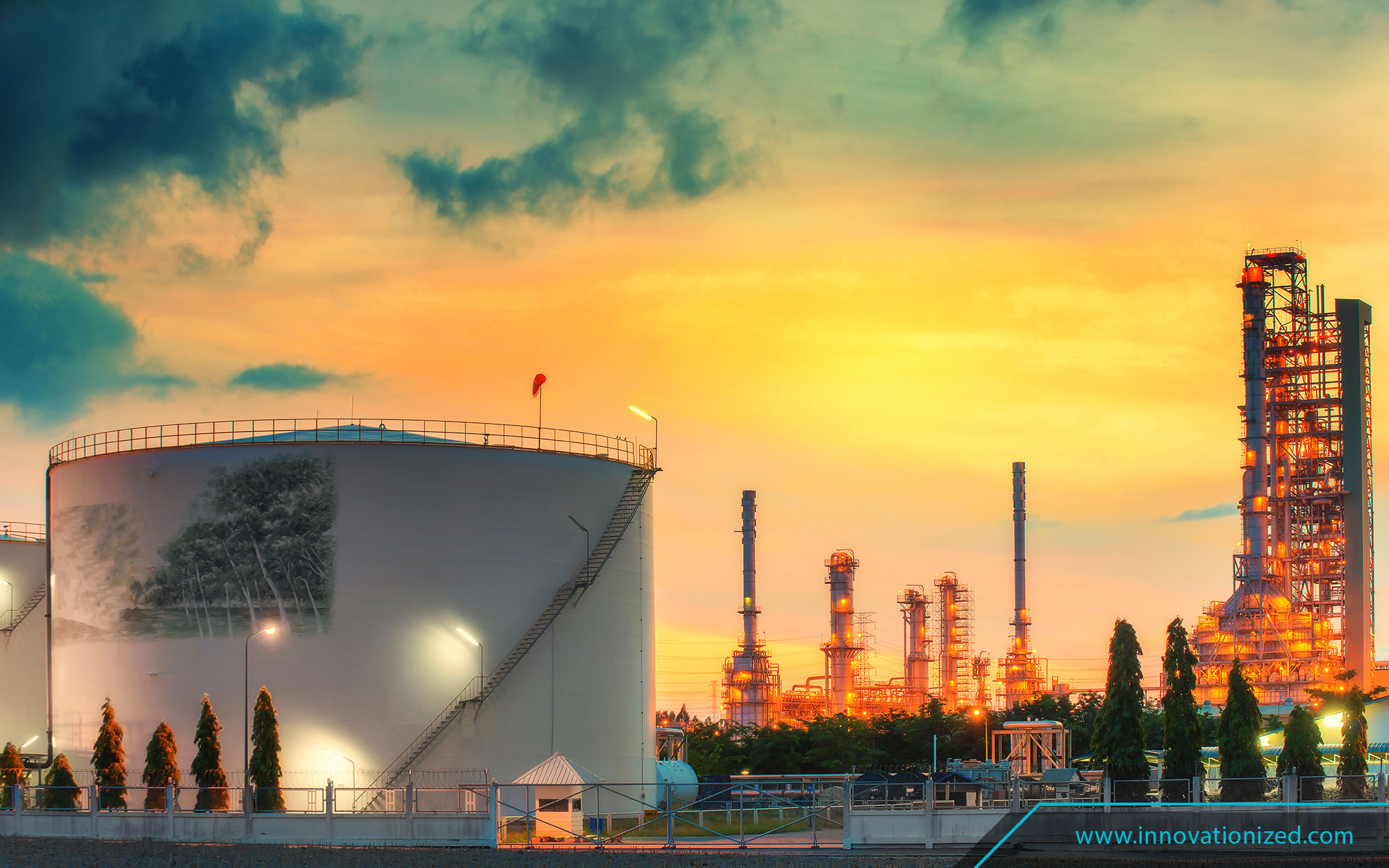It is difficult to escape the hype and lure of hydrogen. It’s light, burns clean, is non-toxic, odorless, and abundant. It seems like it could be the ideal fuel. And if so, why hasn’t it conquered the world? What are we not being told?
What is Hydrogen?
It doesn’t get any simpler than hydrogen. Really.
Hydrogen is the simplest member of the family of chemical elements. It is a colorless, odorless, tasteless, flammable gaseous substance.[i]
Hydrogen is made up of just one proton and one electron, though it is typically found in a molecule of two hydrogen atoms, H2.
It is a very useful element, with applications in industrial and commercial sectors. Most hydrogen, two-thirds of it, is used to make ammonia. Among other uses, it is used to fuel rockets and space vehicles, where it is mixed with oxygen or fluorine.
Is Hydrogen the Ideal Fuel?
What makes hydrogen a great candidate for a fuel? In short, hydrogen is abundant and burns clean.
Hydrogen is the most abundant element in the universe, three times as abundant as the next most common element, helium.[ii]
Secondly, when hydrogen burns, its byproducts (water and nitrogen oxides) are largely harmless, so it produces very little pollution. Bradley and Fulmer call it a “nearly ideal fuel.”[iii]
And a major benefit, is that, unlike solar and wind, hydrogen, like oil, can be moved to where it is needed and thus is more suitable for use in transportation. Hydrogen is also three times lighter than oil fuels.
So, What’s the Problem?
These are all true, but there are significant problems in using it as a fuel.
For one, just because hydrogen is abundant in the universe, there are no huge pockets of it in the earth’s crust that are accessible and usable. Or, as Prof. Howard Hayden puts it, “There are no hydrogen wells.”
Although hydrogen is hugely abundant in the natural world, it is not in a useful form.
Hydrogen]makes up only about 0.14 percent of Earth’s crust by weight. But it is ubiquitous in part of the water in oceans, ice packs, rivers, lakes, and the atmosphere. Making up a large part of carbon compounds, it is also found in all organic matter and in petroleum.[iv]
“Hydrogen is no more a source of fuel that the refrigerator is a source of milk.” -Howard Hayden
In other words, unlike coal, oil, and gas, it is not a natural resource that we can easily tap into it.
Hydrogen is thus not a source of energy. Hydrogen must be manufactured. And because hydrogen production requires vast amounts of energy (typically supplied by fossil fuels or nuclear power), it cannot replace primary energy sources.
And therein lies the problem.
It takes energy to produce hydrogen, and you cannot get it all back. A lot of energy is lost the process.
Hydrogen is an energy carrier, but a lot of energy must be consumed to produce a small amount of hydrogen.
The most economical way to produce hydrogen is from natural gas (methane) using fossil fuels, which costs as little as $1 per kilogram of hydrogen. Of course, the whole point of using hydrogen is not use fossil fuels, so the only “clean” alternative is producing hydrogen from electricity (which can be generated from solar, wind, or nuclear). But as Epstein notes, the cost is much higher, at about $5 per kilogram of hydrogen.[v]
That is bad economics.
The reason why it is so much more expensive, is due to the physics of electrolysis, used to produce hydrogen from water, and particularly from solar (the preferred method of hydrogen advocates).
The efficiency of electrolysis is 62 percent. Which means, if you put in 25 KW of electricity, you only get out 15 kw of hydrogen. And, the energy quality of hydrogen is lower than that of electricity. You can use the electricity to heat at 100% efficiency, or for motion at 90% efficiency. Hydrogen fuels cells are only 60% efficient. It is possible to use solar (photovoltaic) to electrolyze hydrogen from water, but the efficiency is a dismal 12.5 percent.[vi]
What about nuclear? I’m a fan of nuclear, and nuclear-generated electricity is being used to produce hydrogen already, at Constellation Energy’s Nine Mile Point in NY.
However, the economics are still poor, to put it mildly.
As Bryce explains:
“The plant uses 30 megawatt-hours of electricity to produce 560 kg of hydrogen per day. One MWh of electricity is equal to 3,600 megajoules of energy, and one kg of hydrogen contains about 130 MJ of energy. Therefore, Nine Mile Point uses 108,000 MJ of electricity to produce 72,800 MJ of hydrogen, or 1.5 MJ of electricity for 1 MJ of hydrogen.”
Bryce goes on to say, “Such a lousy EROEI (energy return on energy invested) should immediately disqualify hydrogen from serious energy policy discussions.”
“The direct burning of oil fuels for mobility is truly a marvel of cost-effectiveness that is a staggering challenge for any alternative to take on.” – Alex Epstein
And if that’s not enough…
Getting the hydrogen is one thing, storing and moving it is another, and there are problems with both.
The Energy Dept notes that although hydrogen “has the highest energy per mass of any fuel, however it’s low ambient temperature density results in low energy per unit volume, therefore requiring the development of advanced storage methods…” And, “High density hydrogen storage is a challenge for stationary and portable applications and remains a significant challenge for transportation applications.”[vii]
So, due to this low energy density, hydrogen must be compressed and stored under high pressure (around 350-700 bar). This process itself requires a lot of energy.
If the hydrogen is stored in liquid form, it must be cooled to -253 Celsius. This again, requires a lot of energy.
(Solid state hydrogen storage may be an option in the future, but currently it is an experimental technology.)
So far, we have been dealing with the cost of production and storage. But it is worth highlighting the inherently dangerous nature of hydrogen.
Hydrogen is highly combustible. It was a hydrogen that ignited and engulfed the Hindenburg airship in New Jersey in 1937. The barrage balloons over England during World War 2 were filled with hydrogen. Obviously, this combustibility makes storage, distribution, and use of hydrogen more difficult.
Exacerbating this problem, is the problem of “embrittlement.” Hydrogen is very reactive and makes steel brittle, which can lead to cracking, and increases the risk of explosion. This makes hydrogen a lot more dangerous than natural gas.
It also means we cannot use the existing energy infrastructure for hydrogen. Hydrogen needs its own specialized infrastructure, and that is very expensive and adds a new element of risk.
Hydrogen Hype is Diverting and Wasting Resources
Considered in isolation, hydrogen seems to have many advantages, and these are exploited by those who promote hydrogen as “the fuel of the future” and the key to decarbonization. But this recklessly ignores its significant disadvantages, notably that it is very expensive to produce, and has significant costs and dangers thereafter.
Robert Bryce sums it up eloquently, “[T]he hydrogen economy requires scads of electricity (a high quality form of energy) to make a tiny molecule that’s hard to handle, difficult to store, and expensive to use.”[viii]
And these are not trivial issues that can be easily overcome, but fundamental problems stemming from the very nature of hydrogen. Yet, the US government wages war on proven and cost-effective energy sources, while pumping billions of dollars into hydrogen research and infrastructure[ix]. It should not be advocating or subsidizing any energy source or carrier, certainly not hydrogen.
[i] Jolly, William Lee. “hydrogen”. Encyclopedia Britannica, 5 May. 2024, https://www.britannica.com/science/hydrogen. Accessed 18 May 2024.
[ii] Ibid.
[iii] Bradley, Robert L.; Fulmer, Richard W: Energy: The Master Resource (p. 59). Kendall/Hunt Publishing Company.
[iv] Jolly, William Lee. “hydrogen”. Encyclopedia Britannica, 5 May. 2024, https://www.britannica.com/science/hydrogen. Accessed 18 May 2024.
[v] Epstein, Alex. Fossil Future: Why Global Human Flourishing Requires More Oil, Coal, and Natural Gas–Not Less (p. 195). Penguin Publishing Group.
[vi] Hayden, Howard C.. A Primer on Renewable Energy (p. 169). Vale Publishing.
[vii] US Dept. of Energy. “Hydrogen Storage.” URL: https://www.energy.gov/eere/fuelcells/hydrogen-storage Accessed July 8, 2024
[viii] Bryce, Robert. “The H Stands for Hype,” URL: https://robertbryce.substack.com/p/the-h-in-hydrogen-stands-for-hype. Accessed July 8, 2024.
[ix] US Dept. of Energy. “Biden-Harris Administration Announces $7 Billion for America’s First Clean Hydrogen Hubs,” URL: https://www.energy.gov/articles/biden-harris-administration-announces-7-billion-americas-first-clean-hydrogen-hubs-driving. Accessed July 11, 2024.






